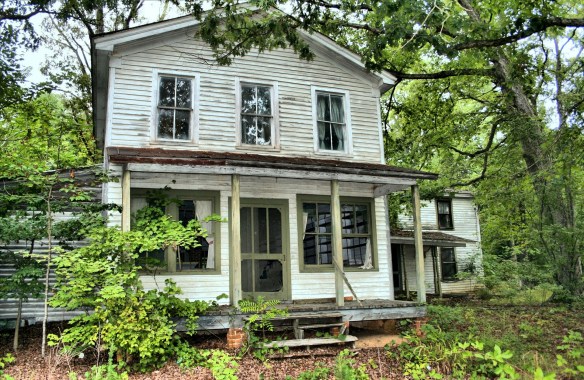There is a lot of hype out there about the impact that blockchain technology will have on the real estate industry. There is no doubt that blockchain will be revolutionary over the long term, but its impact in the short term is much more limited. Spencer Compton and Diane Schottenstein have written an article for Law360 (unfortunately, behind a paywall), How Blockchain Can Be Applied To Real Estate Law, that provides a nice overview of where blockchain stands today in the real estate industry. It opens,
Real estate transactions are steeped in traditions that have hardly changed over hundreds of years. Today, as computer-based property recording systems are prevalent in our cities but roll out at a snail’s pace in rural areas (often hindered by strained municipal budgets), and e-signatures are little used (due to legitimate fears of fraud), arguably the real estate closing process has lagged in its use of computer aided technology. Yet other aspects of real estate ownership have been transformed by the internet: smart home technology to remotely control heating and lighting and monitor security; Airbnb which increases the value of real estate ownership and disrupts the hotel industry; and the real estate brokerage community’s design/photographic/communication technology to list and virtually show properties. Now add to our brave new world blockchain, a cloud-based decentralized ledger system that could offer speed, economy and improved security for real estate transactions. Will the real estate transaction industry avoid or embrace it?
What is blockchain?
Blockchain is best-known as the technology behind bitcoin, however bitcoin is not blockchain. Bitcoin is an implementation of blockchain technology. Blockchain is a data structure that allows for a digital ledger of transactions to be shared among a distributed network of computers. It uses cryptography to allow each participant on the network to manipulate the ledger in a secure way without the need for a central authority such as a bank or trade association. Using algorithms, the system can verify if a transaction will be approved and added to the blockchain and once it is on the blockchain it is extremely difficult to change or remove that transaction. A blockchain can be an open system or a system restricted to permissive users. There can be private blockchains (for ownership records or business transactions, for instance) and public blockchains (for public municipal data, real estate records etc.). Funds can be transferred by wires automatically authorized by the blockchain or via bitcoin or other virtual currency. Transparent, secure, frictionless payment is touted as one of blockchain’s many benefits.
The article goes on to answer the following questions:
- How does a blockchain differ from a record kept by a financing institution or a government agency?
- How is a blockchain transaction more secure than any other transaction?
- How widely is blockchain used?
- How blockchain is being used to record real property instruments?
- How might blockchain affect the role of title insurance companies?
If the impact of blockchain on the real estate industry has mystified you, this primer will give you an overview of where things stand today and maybe tomorrow too.






